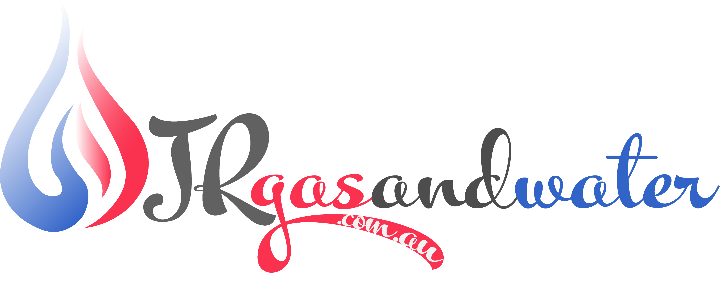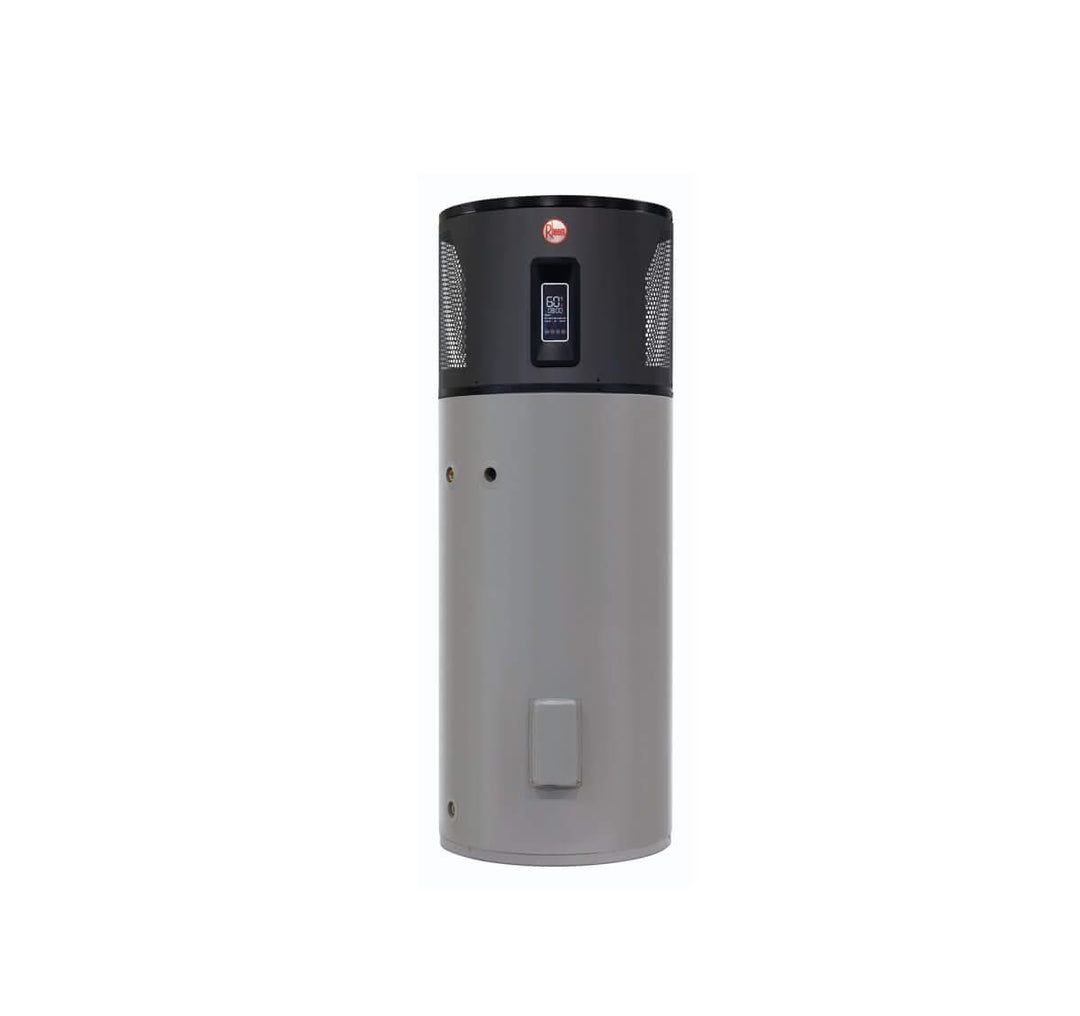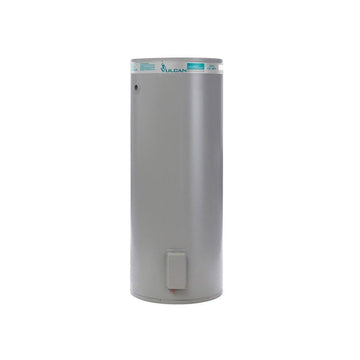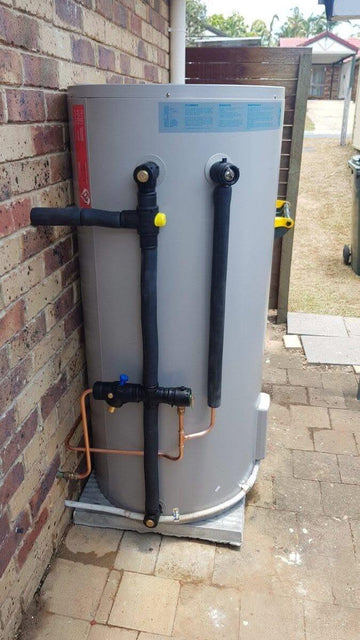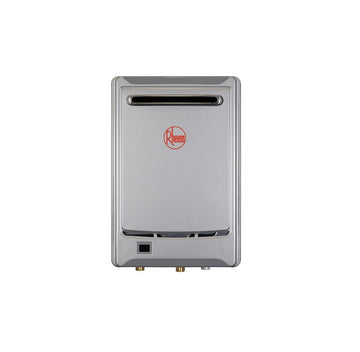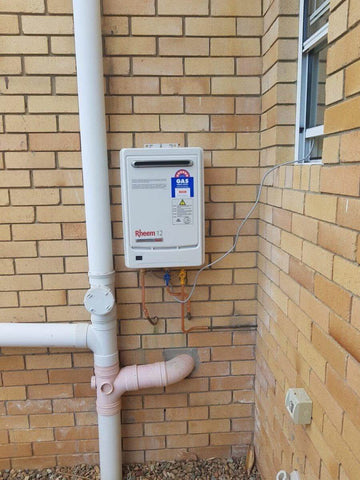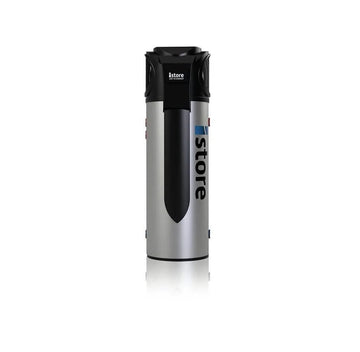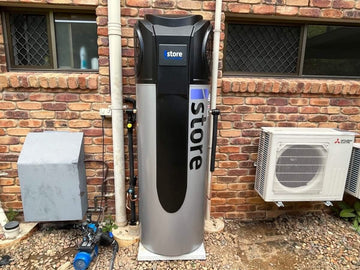Reverse Osmosis Water Filtration: What It Is & Why You Need It
Are you worried about what’s really in your tap water? From heavy metals to chemicals and micro-contaminants, the quality of your drinking water might not be as pure as you think. That’s where a reverse osmosis (RO) water system comes in. This guide breaks down how RO systems work, what they remove, and how to pick the best one for your home.
Looking for a fully installed system? Explore our Puretec RO filtration systems available across Brisbane and Gold Coast—installed by award-winning plumbing pros.
Key Takeaways
✅ RO removes up to 99% of contaminants including lead, fluoride, viruses, and dissolved salts
✅ Choose from under-sink, countertop, or whole-house setups
✅ Add-ons like remineralization filters or UV treatment enhance purity
✅ Regular maintenance keeps your system running at peak performance
✅ RO offers safer hydration—especially in areas with questionable tap water
💧 What Is Reverse Osmosis?
Reverse osmosis is a powerful water purification process that pushes water through a semipermeable membrane, blocking contaminants and leaving clean, filtered water behind. Most RO systems use multiple filtration stages, including:
-
Sediment and carbon prefilters
-
RO membrane (removes up to 99% of impurities)
-
Optional post-filters and UV or remineralization stages
📌 RO is so effective that it’s used in desalination plants and municipal water treatment in drought-affected regions.
🔍 What Does Reverse Osmosis Remove?
RO systems eliminate:
✔️ Heavy metals like lead, arsenic, and mercury
✔️ Bacteria and viruses
✔️ Fluoride and chlorine
✔️ Dissolved salts, nitrates, and sulfates
✔️ Pesticides, sediment, and VOCs
🏠 Types of Reverse Osmosis Systems
1️⃣ Under-Sink RO Systems
-
Installs under your kitchen sink
-
Delivers water via a dedicated tap
-
Perfect for homeowners and families
2️⃣ Countertop RO Systems
-
Portable and plug-in
-
No need for plumbing changes
-
Great for renters or small spaces
3️⃣ Whole-House RO Systems
-
Filters all water entering your home
-
Best for severely contaminated water supplies
-
Higher cost and maintenance
⚙️ What to Consider Before Buying
✅ Water Quality – Get your water tested to identify specific contaminants
✅ Daily Use – 50 GPD is enough for most homes
✅ Efficiency – Look for systems with low waste-to-clean-water ratios
✅ Maintenance – Plan for 6–12 month filter changes
✅ Space – Make sure the unit fits your kitchen or utility room
🚀 Optional Upgrades to Improve RO Water
🌱 Remineralization Filters
-
Adds calcium & magnesium for better taste
-
Balances pH levels (RO water can be slightly acidic)
🔆 UV Disinfection
-
Uses UV light to kill viruses and bacteria
-
Ideal for households using rainwater or bore water
Looking to upgrade your setup? Ask about our advanced RO kits with UV and remineralization features.
🧰 Installation & Maintenance
Most DIY kits are easy to install, but if you want it done right, book our professional installation.
🔧 Maintenance Schedule:
-
Prefilters: Every 6–12 months
-
RO Membrane: Every 2–3 years
-
Full system sanitization: Annually
♻️ Is RO Water Eco-Friendly?
Yes—while RO systems do waste some water during filtration, they are far more sustainable than bottled water. Newer high-efficiency models now recover more water with less waste.
🔄 RO vs Other Filtration Methods
| System Type | What It Does | Best For |
|---|---|---|
| RO | Removes 99% of all contaminants | Drinking water |
| Carbon Filters | Removes taste, odor, chlorine | Basic filtration |
| Water Softeners | Removes hardness (calcium/magnesium) | Appliance protection |
| Distillers | Purifies via evaporation | Lab use, very slow |
🔚 Summary
Reverse osmosis is one of the most trusted methods for achieving pure, safe drinking water at home. Whether you choose an under-sink model or a full-house system, you’ll enjoy cleaner water, fewer contaminants, and peace of mind.
❓ FAQ
Is reverse osmosis water safe to drink?
✔️ Yes! It’s free from harmful contaminants and perfectly safe.
What are the downsides of RO water?
❗ It removes minerals—but a remineralization filter solves that easily.
How much do RO systems cost?
💲 Starting from $200 for basic units up to $3,000+ for whole-home systems.
How often should filters be changed?
🗓️ Prefilters: 6–12 months | Membrane: 2–3 years | Sanitization: yearly
Where can I get one installed?
👉 JR Gas & Water can install your new RO system across Brisbane and the Gold Coast.
Want help choosing the right system? Contact our team or shop our water filtration range now 💧
